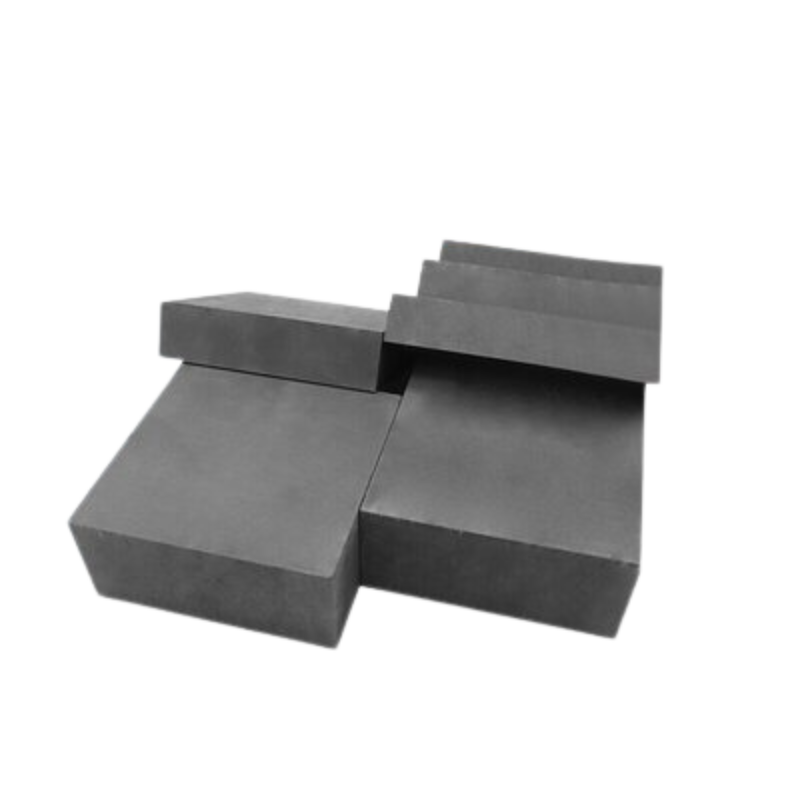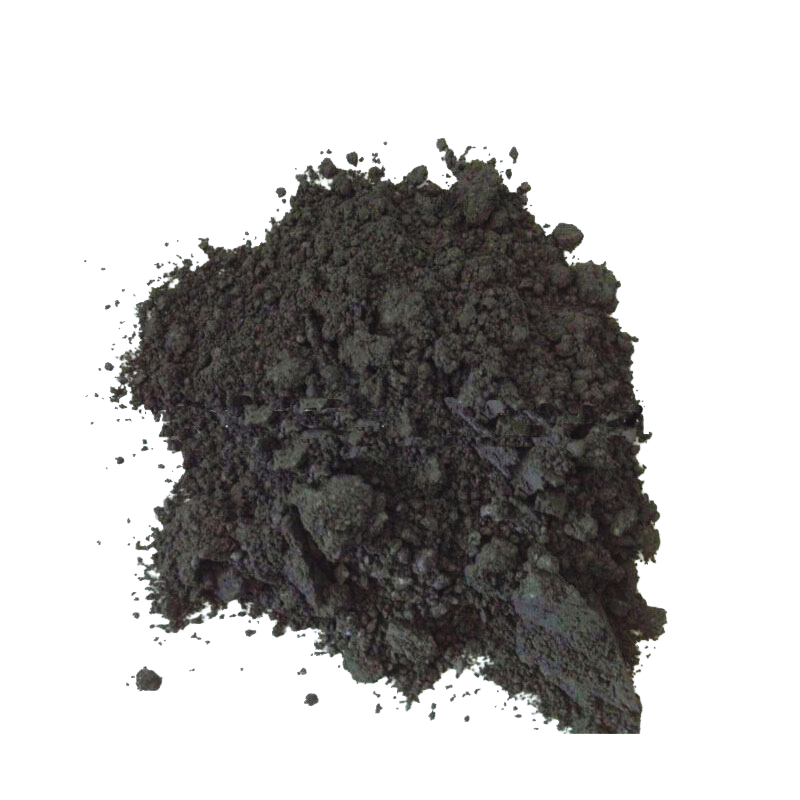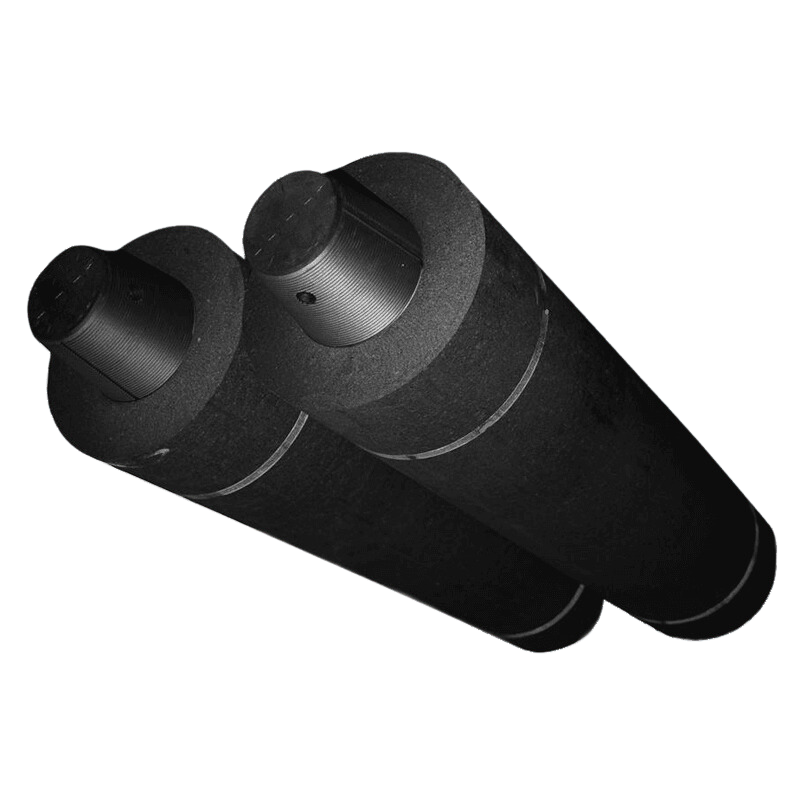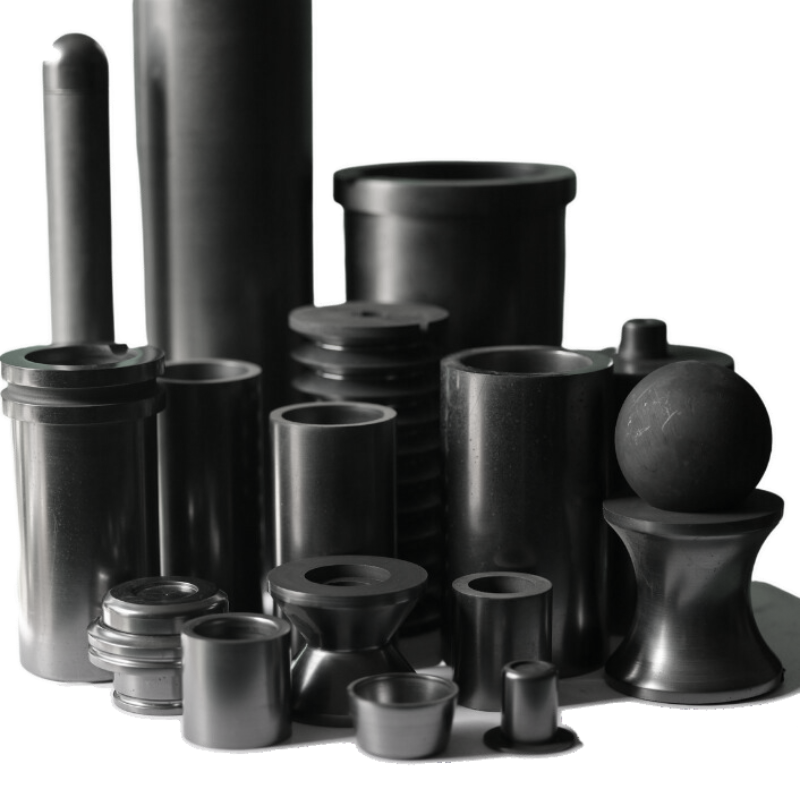In the realm of photovoltaic (PV) cell manufacturing, precision and efficiency are paramount. As the demand for sustainable energy solutions continues to surge, the need for high-quality PV cells escalates accordingly. Graphite molds emerge as indispensable tools in this arena, playing a pivotal role in the fabrication process. In this article, we delve into the intricacies of graphite molds for PV cell manufacturing, exploring their benefits, applications, and optimization techniques.
Graphite molds represent a cornerstone in the production of PV cells, facilitating the creation of intricate structures with unparalleled accuracy. Their remarkable thermal conductivity, coupled with excellent machinability, renders graphite an ideal material for mold fabrication. These molds serve as templates for shaping various components of PV cells, including the silicon wafers and conductive layers.
One of the primary advantages of utilizing graphite molds lies in their ability to withstand high temperatures. During the manufacturing process, PV cells undergo thermal treatments that demand materials capable of enduring extreme heat. Graphite molds excel in this aspect, ensuring dimensional stability and reproducibility even under intense thermal conditions. This resilience minimizes the risk of deformation or degradation, thereby enhancing the overall quality and consistency of PV cell production.
Moreover, graphite molds offer exceptional surface finish, crucial for achieving optimal electrical performance in PV cells. The smooth texture of graphite surfaces facilitates precise deposition and adhesion of functional layers, such as anti-reflective coatings and metallization schemes. This translates into improved light absorption and charge carrier mobility within the PV cell, ultimately enhancing its energy conversion efficiency.
In addition to their thermal and surface properties, graphite molds boast remarkable durability and longevity. Unlike conventional molds made from metals or ceramics, graphite molds exhibit superior resistance to corrosion and abrasion, ensuring prolonged service life and cost-effectiveness. This inherent durability minimizes the need for frequent mold replacements, thereby reducing downtime and production expenses.
Furthermore, graphite molds offer unparalleled design flexibility, enabling the realization of intricate geometries and microstructures tailored to specific PV cell designs. This versatility empowers manufacturers to innovate and optimize their fabrication processes, thereby staying ahead in an increasingly competitive market. Whether producing standard crystalline silicon cells or next-generation thin-film technologies, graphite molds provide the versatility and adaptability necessary to meet evolving industry demands.
To maximize the efficiency and efficacy of graphite molds in PV cell manufacturing, several optimization strategies can be employed. Firstly, meticulous mold design is essential, taking into account factors such as mold geometry, surface roughness, and thermal properties. Collaborating with experienced mold designers and engineers can help tailor molds to the unique requirements of each PV cell design, optimizing performance and yield.
Additionally, precise control of process parameters during mold fabrication and PV cell production is paramount. Fine-tuning parameters such as temperature, pressure, and deposition rates ensures reproducibility and consistency across batches, minimizing variability and defects. Advanced modeling and simulation techniques can aid in predicting and optimizing process outcomes, further enhancing the efficiency and reliability of PV cell manufacturing.
Furthermore, regular maintenance and cleaning of graphite molds are essential to prolong their service life and maintain performance. Periodic inspection and refurbishment help prevent buildup of contaminants and defects, ensuring continued precision and quality in PV cell production. Implementing robust quality control measures throughout the manufacturing process further safeguards against deviations and ensures compliance with stringent performance standards.
In conclusion, graphite molds represent indispensable assets in the realm of PV cell manufacturing, offering unparalleled thermal conductivity, surface finish, durability, and design flexibility. By harnessing the unique properties of graphite, manufacturers can elevate the efficiency, quality, and sustainability of their PV cell production processes. Through meticulous design, optimization, and maintenance, graphite molds pave the way for continued innovation and advancement in the field of solar energy technology.





